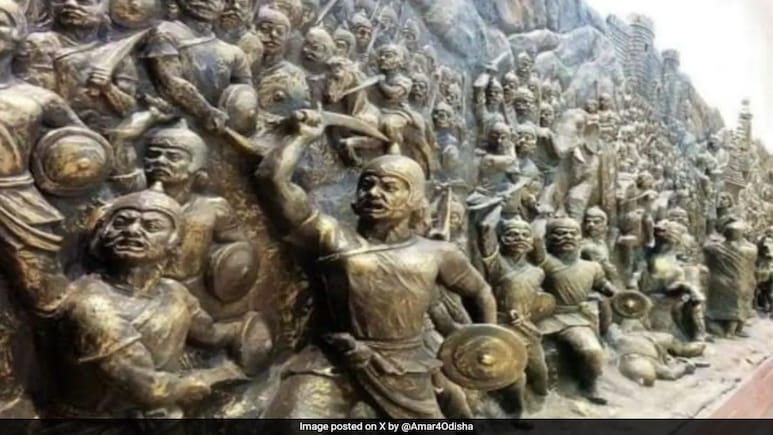
- Paika Rebellion of 1817 was an early uprising against British rule in Odisha
- Paikas were hereditary soldiers who lost land and status under British occupation
- British revenue demands and salt control worsened economic conditions for Paikas
We are a day away from India's 79th Independence Day, and there's no better time to reflect on the often overlooked pages of the nation's struggle for freedom from British rule. Among these, the Paika Rebellion of 1817 in Odisha stands out as one of the earliest uprisings against colonial rule, long before the 1857 Mutiny. Also referred to as the Khurda Rebellion, it was a manifestation of Odisha's courage to stand up to British domination.
The Paikas, meaning "foot soldiers," were an exclusive class of soldiers who served the Gajapati monarchs of Odisha since the 16th century. For their military service, the Paikas received hereditary rent-free land, which supported their households during times of peace. This fragile socio-economic equilibrium was broken when the British East India Company occupied Odisha in 1803.
In the wake of the unopposed march of Colonel Harcourt from Madras (now Chennai) to Puri and further to Cuttack, the British went back on promises made to the local king, Mukunda Deva II. Even after a partial payment, the British insisted on withholding prime territories. This triggered a resistance from Jayee Rajguru, a devoted guardian of the king. Although Rajguru's conspiracy was discovered and brutally crushed, leading to his death in 1806, seeds of dissent had been sown.
The loss of indigenous rule was a hard blow to the Paikas. Removed from their political backing and their rent-free land, they had to face new brutal revenue demands and the rise of absentee landlords, most of them from Bengal. The transition to a rupee-based tax system put additional pressure on the tribal groups, mounting their economic burdens. British control of salt resources along Odisha's coast from 1814 intensified these struggles, leading to acts of resistance like attacks on salt agents.
By March 1817, the discontent transformed into an armed rebellion. About 400 Kondhs, armed with traditional weapons, marched from Ghumusar towards Khurda. They were joined by the Paikas under Bakshi Jagabandhu Bidyadhar Mahapatra, the erstwhile commander-in-chief of the Khurda king. They attacked British government quarters, set police stations afire, causing British casualties.
Though the rebellion was ultimately put down by British troops and Jagabandhu spent years in hiding before surrendering in 1825, the Paika Rebellion left an indelible mark on the history of the region. It represented one of the first signs of resistance to colonial rule. It was a precursor to the broader independence movements that would sweep India in the next century.
Even today, the Paika Uprising's legacy, particularly in Odisha, is used as a representation of local pride and resistance. In 2017, marking the rebellion's bicentenary, the then Odisha government requested that the central government acknowledge the Paika Bidroha as India's first war of independence, given its role in India's early independence movement.
Track Latest News Live on NDTV.com and get news updates from India and around the world

